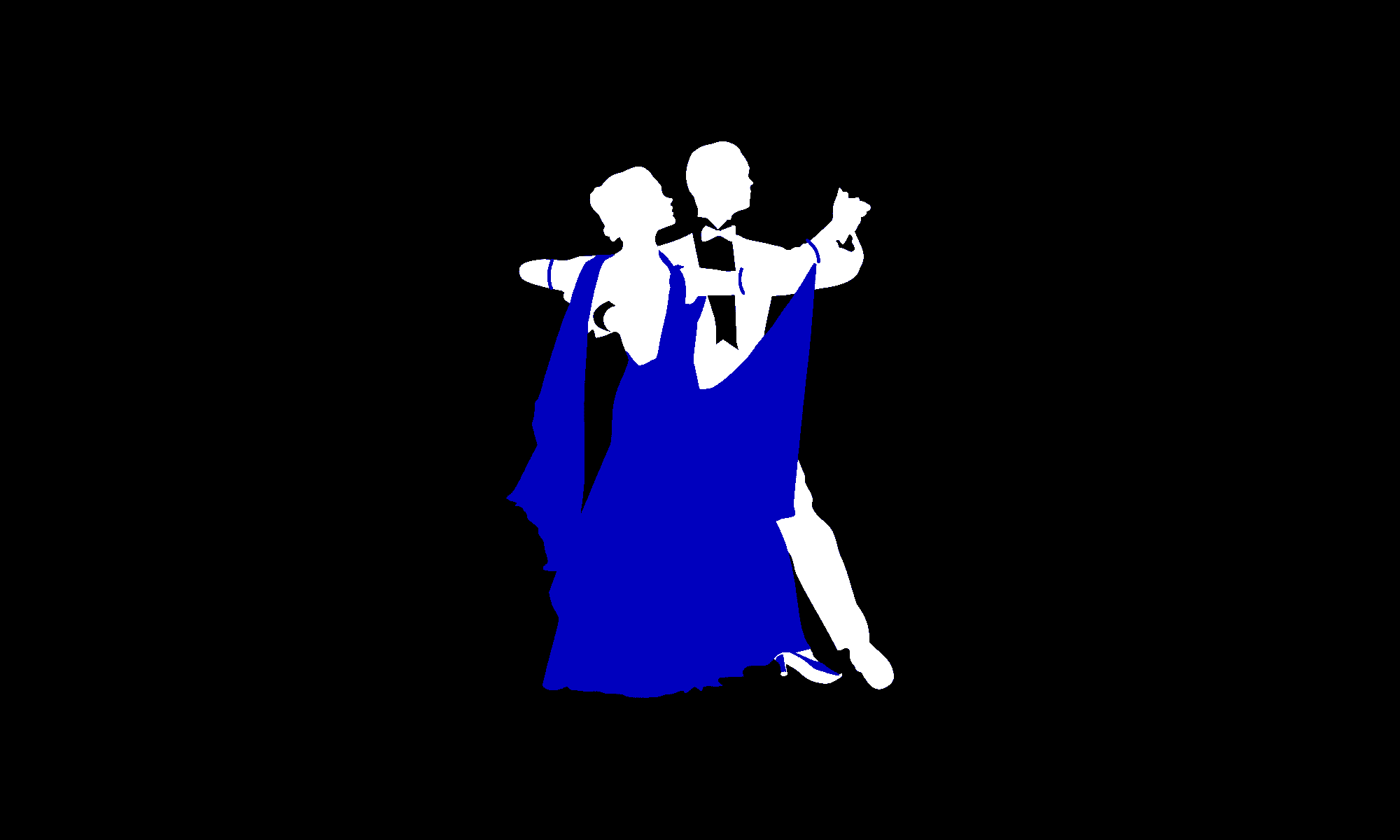There is a very bad trend that seems to have taken hold in Ballroom Dancing lately. Often I hear teachers referring to men as “leaders” and to women as “followers”. This is extremely damaging to the art of partner dancing for a number of reasons.
I object to the use of terms “leader” and “follower” because they imply a separation of leading and following, which is false. There is, in fact, very little, if any, separation between leading and following, and even less separation between who is “leading” and who is “following”. It is always and continually a joint exercise the entire time a couple is dancing. You cannot have leading without following and you cannot have following without leading. In fact, you cannot have “dancing” without the cooperation between the partners.
I object to the use of terms “leader” and “follower” because they imply that one person leads all the time and the other person follows all the time, which is false. When dancing, who is leading and who is following changes constantly from one partner to the other, back and forth. Partner dancing is a constant communication between the partners. It is a back and forth cooperation, a joint expression of the music. Calling one person a “leader” and the other person a follower destroys that creative collaboration — and it shows. Dancing the man’s part means taking queues from the lady at appropriate times during each figure just as much as dancing the lady’s part means taking queues from the man.
I object to the use of terms “leader” and “follower” because they imply that one role is active and the other passive, which is false. This is probably one of the most damaging things that referring to partners as “leaders” and “followers” causes. The most common problems I have in teaching Ballroom dancing is getting the ladies to not be passive dancers and getting the men to not be dominating and aggressive dancers. This problem comes from the misconception that men need to have a “strong lead” and women “just need to follow”. When men think they need to “be a leader” they over control, use too much strength, and generally overdo things. When women think they “just need to follow” they expect the men to physically push them around the dance floor, or to do everything for them. I continually encounter these problems from students who have been taught to be “leaders” and “followers”.
Using the terms “leader” and “follower” to refer to the partners erodes the concept that dancing is a partnership. People may say that those are just words, and they can use whatever words they choose, or that those terms imply everything I have just explained. But this is also false. Words have meanings, both literal and connotative. And words have consequences. Using the terms “leader” and “follower” to refer to men and women is demonstrably harmful to partner dancing. I have personally seen the negative effects — and the effects are severe.
Newer dancers and teachers may also claim that this is a “new idea”, that they know better (presumably because they are new and younger), or that the dance is “evolving”. These claims are all false. It’s not a new idea, they don’t know better, and it is more like a cancer than evolution. Also, see my post Respect Your Elders.
I prefer, and continue to use “man’s part” and “lady’s part” because they are truer to the art form, and are far more effective for teaching. I do not refer to the men as “leaders” and to the women as “followers”. I do not even use the terms “leader” and “follower” when I teach and I produce much better dancers by not using these terms. When 2 ladies dance together, or when 2 men dance together, one dances the man’s part and one dances the lady’s part. One is not the “leader” and one is not the “follower”. There is no “leader’s part” and there is no “follower’s part”. There is only the man’s part and the lady’s part and both parts require both leading and following.
